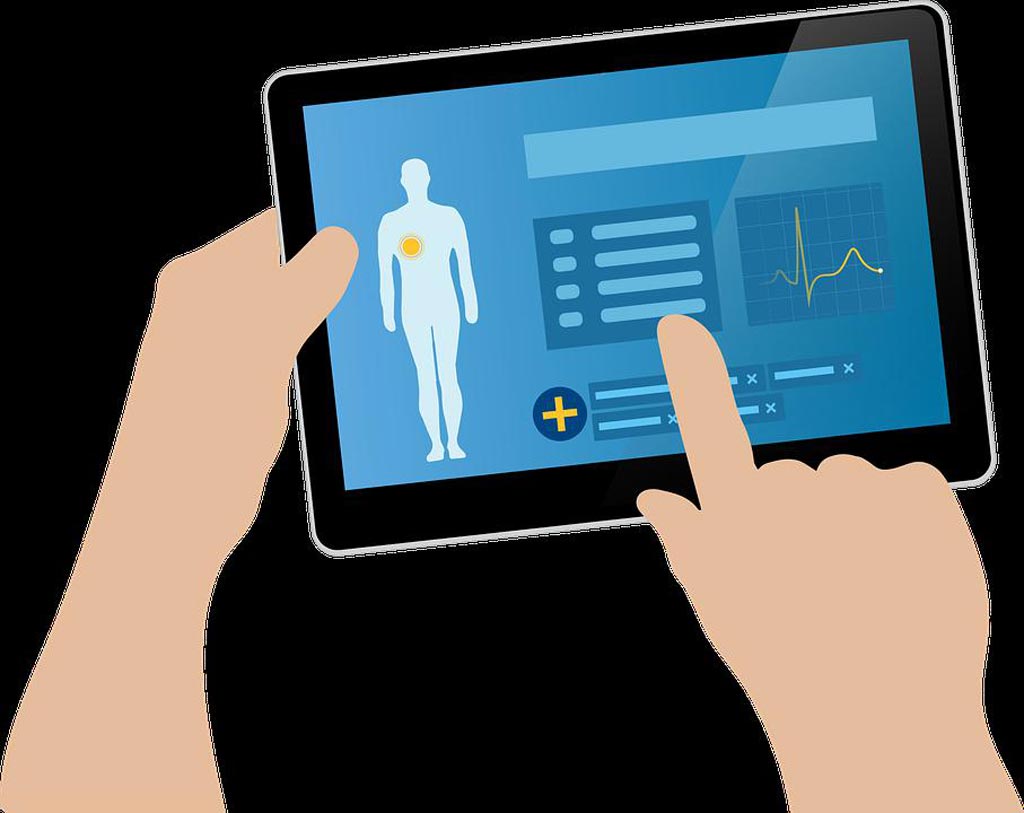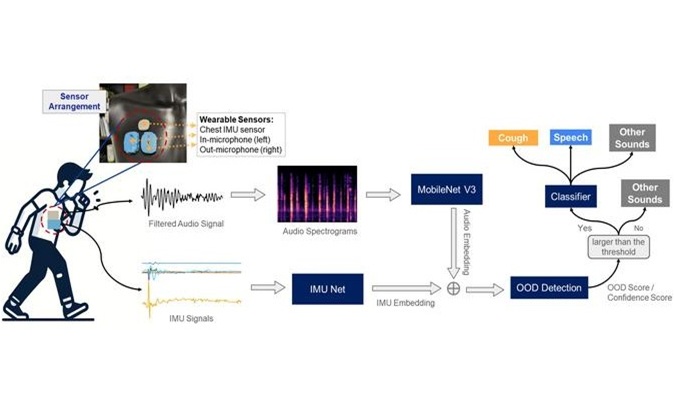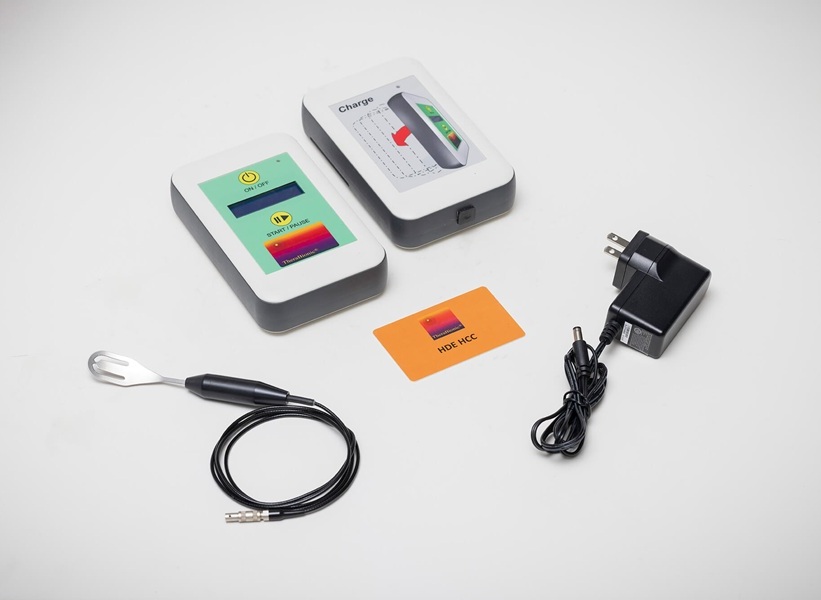Technological Advances to Fuel EHR-EMR Market Growth
|
By HospiMedica International staff writers Posted on 01 Oct 2018 |

Image: The global EHR-EMR market is expected to grow to USD 120 billion by the end of 2023 (Photo courtesy of OpenPR).
The global EHR-EMR market is expected to grow at a CAGR of 10.9% from USD 70 billion in 2016 to USD 120 billion by the end of 2023, driven primarily by an increase in the volume of medical records which requires proper management and storage. These are the latest findings of Market Research Future (Pune, Maharashtra, India), a market research company.
The global EHR-EMR market is proliferating due to the advantages of better accessibility, improved communication, data aggregation, integration, and lower staffing requirements which reduce health care costs as well as the scope for human errors. Technological advancements in EHR-EMR technology such as Blockchain, Byod, Artificial Intelligence, Opensource are also fueling the market growth. Additionally, cloud-based solutions are also providing growth opportunities. Small healthcare providers who are unable to afford upfront investments are opting for free and web-based services, which also eliminates the need for infrastructure and maintenance.
Government funding is a key driver of the global EHR-EMR market. Governments in various economies are funding projects to automate health record systems, thereby driving the demand for EHR-EMR. The growth of the healthcare and life sciences industry is also contributing to the growth of the EHR-EMR market.
Geographically, the Americas dominates the global EHR-EMR market due to the broad adoption of EHR-EMR, presence of major players and growth in the number of services among hospitals in the region. Europe is the world’s second-largest EHR-EMR market due to the growing adoption of IT in the healthcare sector for patient administration and engagement. Asia Pacific is expected to emerge as the fastest growing EHR-EMR market in the world, driven by the escalated demand for software solutions in the healthcare sector and growing expenditure on healthcare facilities in the region’s developing economies.
However, several factors are expected to restrict the growth of the global EHR-EMR market. For instance, the global economic slowdown resulting in lack of capital and operational constraints is likely to affect the market growth. There is high interest among both the developed and developing countries in automating health records, although the insufficient availability of technology to support the systems and lack of funds to migrate from existing systems to electronic systems are acting as constraints to the introduction of EHR-EMR systems in these economies.
The high cost involved in implementing EHR-EMR systems is a key factor limiting the market growth. Switching to EHR-EMR requires computers, electrical wiring and a large amount of electricity supply, all of which involves huge costs. Health administrators and governments are resistant towards adopting EHR-EMR systems due to the high implementation costs. Additionally, the lack of skilled staff having adequate knowledge of computers and disease classification, resistance among medical professionals to switch to an electronic system and change their behaviors and attitudes, and lack of data processing facilities are acting as barriers to the implementation of EHR-EMR.
Related Links:
Market Research Future
The global EHR-EMR market is proliferating due to the advantages of better accessibility, improved communication, data aggregation, integration, and lower staffing requirements which reduce health care costs as well as the scope for human errors. Technological advancements in EHR-EMR technology such as Blockchain, Byod, Artificial Intelligence, Opensource are also fueling the market growth. Additionally, cloud-based solutions are also providing growth opportunities. Small healthcare providers who are unable to afford upfront investments are opting for free and web-based services, which also eliminates the need for infrastructure and maintenance.
Government funding is a key driver of the global EHR-EMR market. Governments in various economies are funding projects to automate health record systems, thereby driving the demand for EHR-EMR. The growth of the healthcare and life sciences industry is also contributing to the growth of the EHR-EMR market.
Geographically, the Americas dominates the global EHR-EMR market due to the broad adoption of EHR-EMR, presence of major players and growth in the number of services among hospitals in the region. Europe is the world’s second-largest EHR-EMR market due to the growing adoption of IT in the healthcare sector for patient administration and engagement. Asia Pacific is expected to emerge as the fastest growing EHR-EMR market in the world, driven by the escalated demand for software solutions in the healthcare sector and growing expenditure on healthcare facilities in the region’s developing economies.
However, several factors are expected to restrict the growth of the global EHR-EMR market. For instance, the global economic slowdown resulting in lack of capital and operational constraints is likely to affect the market growth. There is high interest among both the developed and developing countries in automating health records, although the insufficient availability of technology to support the systems and lack of funds to migrate from existing systems to electronic systems are acting as constraints to the introduction of EHR-EMR systems in these economies.
The high cost involved in implementing EHR-EMR systems is a key factor limiting the market growth. Switching to EHR-EMR requires computers, electrical wiring and a large amount of electricity supply, all of which involves huge costs. Health administrators and governments are resistant towards adopting EHR-EMR systems due to the high implementation costs. Additionally, the lack of skilled staff having adequate knowledge of computers and disease classification, resistance among medical professionals to switch to an electronic system and change their behaviors and attitudes, and lack of data processing facilities are acting as barriers to the implementation of EHR-EMR.
Related Links:
Market Research Future
Channels
Critical Care
view channel
Origami Robots to Deliver Medicine Less Invasively and More Effectively
Delivering medicine to ulcers or other internal sites often requires invasive procedures that can disrupt surrounding tissues and lengthen recovery times. Traditional magnetic actuators used in soft robotics... Read more
Improved Cough-Detection Technology Aids Health Monitoring
Coughing serves as an important biomarker for tracking a variety of conditions and can help monitor the progress of respiratory diseases or predict when someone’s asthma is being exacerbated.... Read moreSurgical Techniques
view channel
Novel Glue Prevents Complications After Breast Cancer Surgery
Seroma and prolonged lymphorrhea are among the most common complications following axillary lymphadenectomy in breast cancer patients. These postoperative issues can delay recovery and postpone the start... Read more
Breakthrough Brain Implant Enables Safer and More Precise Drug Delivery
Delivering medication directly to specific regions of the brain has long been a major challenge in treating neurological disorders. Current implants and infusion systems typically reach only one or two... Read morePatient Care
view channel
Revolutionary Automatic IV-Line Flushing Device to Enhance Infusion Care
More than 80% of in-hospital patients receive intravenous (IV) therapy. Every dose of IV medicine delivered in a small volume (<250 mL) infusion bag should be followed by subsequent flushing to ensure... Read more
VR Training Tool Combats Contamination of Portable Medical Equipment
Healthcare-associated infections (HAIs) impact one in every 31 patients, cause nearly 100,000 deaths each year, and cost USD 28.4 billion in direct medical expenses. Notably, up to 75% of these infections... Read more
Portable Biosensor Platform to Reduce Hospital-Acquired Infections
Approximately 4 million patients in the European Union acquire healthcare-associated infections (HAIs) or nosocomial infections each year, with around 37,000 deaths directly resulting from these infections,... Read moreFirst-Of-Its-Kind Portable Germicidal Light Technology Disinfects High-Touch Clinical Surfaces in Seconds
Reducing healthcare-acquired infections (HAIs) remains a pressing issue within global healthcare systems. In the United States alone, 1.7 million patients contract HAIs annually, leading to approximately... Read moreHealth IT
view channel









.jpg)






